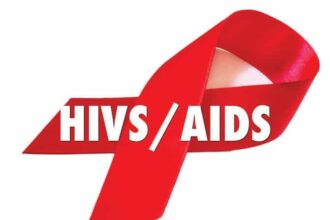In our fast-paced world, where convenience often trumps caution, food safety can sometimes be overlooked. However, understanding the principles of food safety and the consequences of consuming contaminated food is essential for maintaining good health. This blog post delves into the importance of food safety and the potential risks of eating bad food.
What is Food Safety?
Food safety refers to the handling, preparation, and storage of food in ways that prevent foodborne illnesses. It involves a range of practices, from proper cooking techniques to avoiding cross-contamination and ensuring food is stored at safe temperatures. The goal is to reduce the risk of foodborne pathogens, including bacteria, viruses, and parasites, from entering our food supply.
Common Foodborne Illnesses
- Salmonella: Often found in raw poultry, eggs, and unpasteurized milk, salmonella can cause symptoms like diarrhea, fever, and abdominal cramps.
- E. coli: This bacterium is commonly associated with undercooked ground beef and contaminated produce. In severe cases, it can lead to kidney failure.
- Listeria: Found in deli meats, hot dogs, and unpasteurized dairy products, listeria is particularly dangerous for pregnant women, newborns, and individuals with weakened immune systems.
- Norovirus: Often called the stomach flu, norovirus spreads through contaminated food and surfaces, causing vomiting and diarrhea.
The Effects of Eating Contaminated Food
Short-term Effects
The immediate effects of consuming contaminated food can range from mild to severe. Common symptoms include:
- Nausea and Vomiting: These are often the body’s first response to expel the harmful substances.
- Diarrhea: Frequent, watery stools help flush out the pathogens but can lead to dehydration.
- Abdominal Pain: Cramps and discomfort in the stomach area are typical symptoms of foodborne illness.
- Fever: The body’s way of fighting off infection, a fever can accompany many foodborne illnesses.
While these symptoms are unpleasant, they are usually short-lived and resolve within a few days. However, in severe cases or among vulnerable populations (children, elderly, pregnant women, and those with compromised immune systems), the effects can be more serious.
Long-term Effects
For some, the consequences of foodborne illnesses extend beyond immediate discomfort:
- Chronic Conditions: Infections like E. coli can cause long-term health problems such as hemolytic uremic syndrome (HUS), leading to kidney failure.
- Reactive Arthritis: Certain bacterial infections, like salmonella and campylobacter, can trigger reactive arthritis, causing joint pain and inflammation.
- Irritable Bowel Syndrome (IBS): Some individuals may develop IBS following a severe bout of gastroenteritis, leading to ongoing digestive issues.
Preventing Foodborne Illnesses
Preventing foodborne illnesses involves adhering to key food safety practices:
- Clean: Wash hands, utensils, and surfaces often. Proper handwashing can prevent the transfer of pathogens to food.
- Separate: Avoid cross-contamination by keeping raw meat, poultry, seafood, and eggs separate from ready-to-eat foods.
- Cook: Ensure foods are cooked to the right temperature to kill harmful bacteria. Use a food thermometer to check.
- Chill: Refrigerate perishable foods promptly. Keep your refrigerator at or below 40°F (4°C).
Conclusion
Food safety is a crucial aspect of public health that affects everyone. By understanding the risks associated with consuming contaminated food and adopting safe food handling practices, we can protect ourselves and our loved ones from foodborne illnesses. Remember, when it comes to food safety, a little caution goes a long way in ensuring our meals are both delicious and safe to eat.
Stay informed, stay safe, and enjoy your meals with peace of mind!









